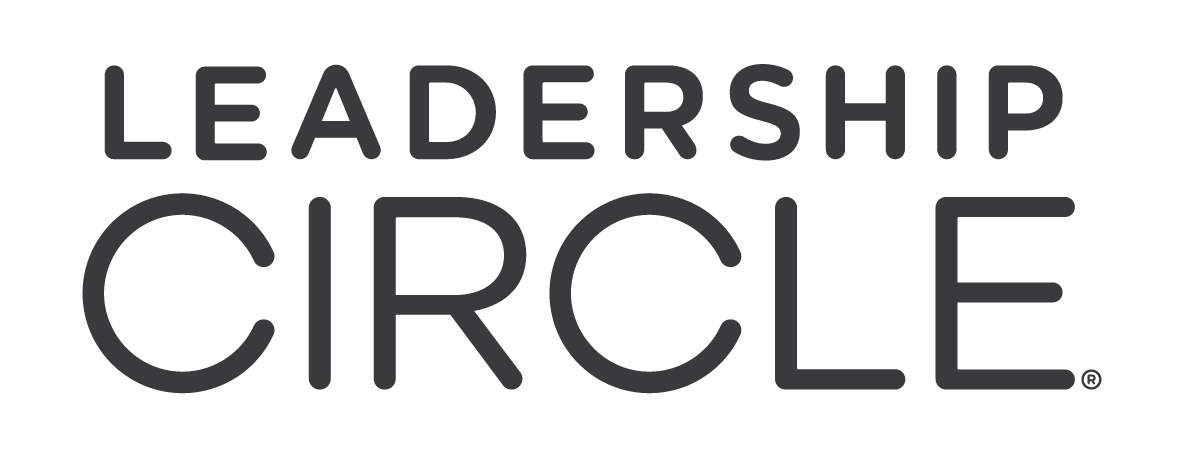Strong communication is the foundation of every high-performing team. When people know how to exchange ideas clearly, listen openly, and collaborate toward shared outcomes, trust deepens and results follow. On the other hand, poor communication erodes morale, slows projects, and creates friction that undermines even the most talented groups.
The good news? Communication can be developed deliberately. Below are practical, actionable strategies leaders can use to foster clarity, alignment, and genuine connection across their teams.
Set Clear Norms for Communication
Teams thrive when expectations are transparent. Outline how different channels should be used—whether urgent requests belong in chat, detailed updates in email, or sensitive matters in video calls. Establish guidelines around response times, feedback etiquette, and meeting conduct so there’s less room for misunderstanding.
For example, you might agree that all emails should be answered within 24 hours, or that meetings always end with written follow-ups. When the rules of engagement are explicit, conflict and misalignment shrink.
Listen as Intentionally as You Speak
Great communication isn’t about talking more—it’s about listening better. Active listening involves giving your full attention, asking clarifying questions, and reflecting back what you’ve heard. These small behaviours signal respect and help others feel valued.
Leaders who practise active listening create psychological safety, encouraging team members to share concerns, propose new ideas, and problem-solve collaboratively.
Build a Culture of Regular, Constructive Feedback
Feedback should never be limited to annual reviews. Incorporate ongoing, compassionate feedback into your team culture. Recognise contributions that elevate the group and provide guidance on areas for growth without shaming or criticising.
A rhythm of one-on-one conversations—monthly or quarterly—keeps feedback timely and connected to real progress. When framed as an opportunity for development, feedback fosters resilience and stronger communication across the team.
Address Tensions Early
Unspoken issues have a way of snowballing. When misunderstandings arise, acknowledge them promptly. Instead of pointing fingers, focus on shared problem-solving and seek out every perspective before deciding on next steps.
Handled this way, conflict becomes an opportunity for learning rather than a wedge between colleagues.
Limit Multitasking During Conversations
Divided attention undermines trust. Discourage behaviours like checking emails or scrolling on phones during discussions—it signals disinterest. Set the tone yourself by closing your laptop or putting your phone face down when others are speaking.
Communication requires presence, and presence requires focus.
Choose Richer Channels for Complex Matters
While quick updates work fine over email or chat, sensitive or complicated issues demand real-time dialogue. Encourage your team to pick up the phone or jump on a video call instead of relying on long threads that risk misinterpretation. Facial expressions, tone, and body language add layers of meaning that text can’t convey.
Clarify Decision-Making Authority
Nothing derails communication faster than confusion over who has the final say. Define clearly where decision-making power lies. For example, perhaps project leads have freedom over execution details, while leaders reserve sign-off for budget or external communications.
Transparency on decision rights reduces delays and fosters smoother collaboration.
Invest in Shared Experiences
Communication isn’t only built in formal meetings. Informal, team-building activities foster the trust that makes professional dialogue easier and more honest. Try creative workshops, problem-solving games, or even shared meals. These moments strengthen bonds, creating a sense of camaraderie that carries into day-to-day work.
Act as the Team’s Diplomat
Leaders play a crucial role in bridging divides when perspectives clash. By listening to all sides, identifying shared interests, and offering compromises, leaders prevent small differences from becoming entrenched conflict. Diplomacy not only resolves issues but also strengthens overall team cohesion.
Encourage Constructive Dissent
Over-agreement can be as dangerous as constant conflict. Rotating a “devil’s advocate” role ensures fresh perspectives are always invited. This simple practice combats groupthink and signals that respectful disagreement is valued as a driver of innovation.
Recreate the “Water Cooler” Virtually
For hybrid or remote teams, it’s easy to miss out on informal exchanges that spark ideas and relationships. Consider establishing a digital “water cooler”—a dedicated chat channel for casual conversation, kudos, or interesting resources. Informal connection helps sustain the team spirit needed for effective collaboration.
Always Close the Loop
At the end of every meeting, summarise key decisions and assign ownership of action items. A short written follow-up ensures everyone leaves with the same understanding and accountability. This practice eliminates ambiguity and keeps projects moving forward.
Final Thoughts
Communication isn’t just a skill; it’s the glue that holds teams together. Leaders who invest in clear guidelines, active listening, feedback, and trust-building practices create environments where people feel heard and aligned.
When communication flows freely, teams gain more than efficiency—they gain unity, creativity, and resilience.
At Leadership Circle, we provide the resources and tools to help you elevate your leadership, strengthen communication, and unlock the full potential of your team. Explore our programs today to discover how we can support your journey toward high performance.





